Stringent Regulatory Frameworks
The implementation of stringent regulatory frameworks governing biomedical waste disposal is a significant driver of the Biomedical Waste Management Market. Governments and health organizations worldwide have established comprehensive guidelines to ensure the safe handling, treatment, and disposal of biomedical waste. For instance, regulations often mandate that healthcare facilities segregate waste at the source, utilize certified disposal methods, and maintain detailed records of waste management practices. This regulatory environment compels healthcare providers to invest in compliant waste management solutions, thereby driving market growth. The Biomedical Waste Management Market is expected to benefit from ongoing regulatory updates and enforcement, as non-compliance can lead to severe penalties and reputational damage for healthcare institutions.
Increasing Healthcare Facilities
The proliferation of healthcare facilities, including hospitals, clinics, and laboratories, is a primary driver of the Biomedical Waste Management Market. As the number of healthcare establishments rises, so does the volume of biomedical waste generated. In recent years, it has been estimated that healthcare facilities produce approximately 5.9 million tons of biomedical waste annually. This surge necessitates effective waste management solutions to ensure compliance with health regulations and environmental standards. The Biomedical Waste Management Market is thus experiencing heightened demand for innovative waste disposal technologies and services that can handle the increasing waste load efficiently. Furthermore, the expansion of healthcare services in emerging economies is likely to contribute to the growth of this market, as these regions often lack adequate waste management infrastructure.
Growth of the Pharmaceutical Sector
The expansion of the pharmaceutical sector is a notable driver of the Biomedical Waste Management Market. As pharmaceutical companies increase their production and distribution activities, the volume of biomedical waste generated, including expired medications and packaging materials, is also on the rise. This trend necessitates effective waste management strategies to mitigate potential health risks and environmental impacts. The Biomedical Waste Management Market is likely to benefit from partnerships between pharmaceutical companies and waste management service providers, as these collaborations can enhance waste disposal efficiency and compliance with regulatory standards. Furthermore, the increasing focus on drug safety and environmental sustainability within the pharmaceutical sector is expected to further propel the demand for comprehensive biomedical waste management solutions.
Rising Awareness of Environmental Impact
Growing awareness regarding the environmental impact of improper biomedical waste disposal is increasingly influencing the Biomedical Waste Management Market. Stakeholders, including healthcare providers and the general public, are becoming more cognizant of the potential hazards posed by biomedical waste, such as contamination of soil and water sources. This awareness is prompting healthcare facilities to adopt more sustainable waste management practices. As a result, the market is witnessing a shift towards eco-friendly disposal methods, such as autoclaving and chemical treatment, which minimize environmental risks. The Biomedical Waste Management Market is likely to see further growth as educational campaigns and advocacy for responsible waste management practices continue to gain traction.
Technological Innovations in Waste Management
Technological innovations play a crucial role in shaping the Biomedical Waste Management Market. Advancements in waste treatment technologies, such as advanced incineration, plasma gasification, and microwave treatment, are enhancing the efficiency and effectiveness of biomedical waste disposal. These technologies not only improve waste processing capabilities but also reduce the environmental footprint associated with traditional disposal methods. The market is witnessing an influx of companies investing in research and development to create more efficient waste management solutions. As healthcare facilities seek to optimize their waste management processes, the demand for these innovative technologies is expected to rise. Consequently, the Biomedical Waste Management Market is poised for growth as stakeholders increasingly prioritize technological solutions that align with regulatory requirements and sustainability goals.


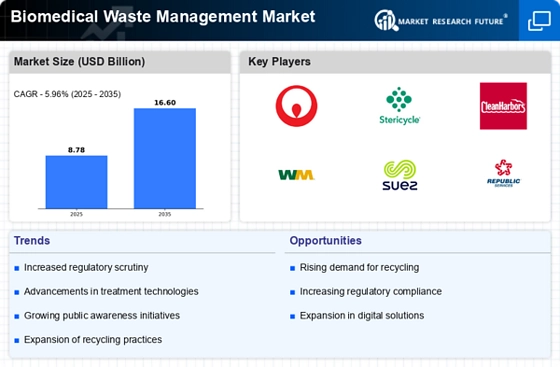
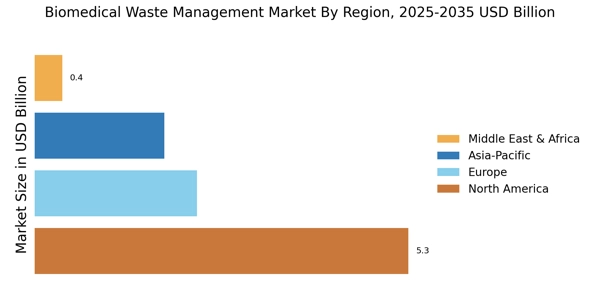

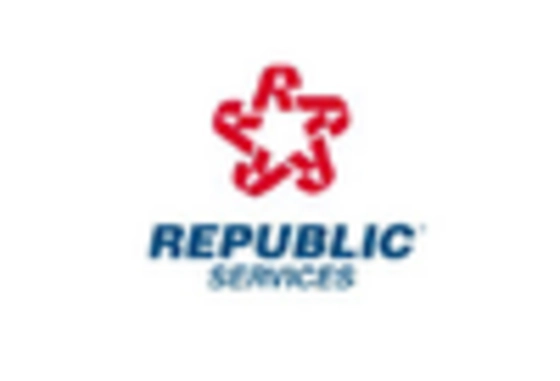
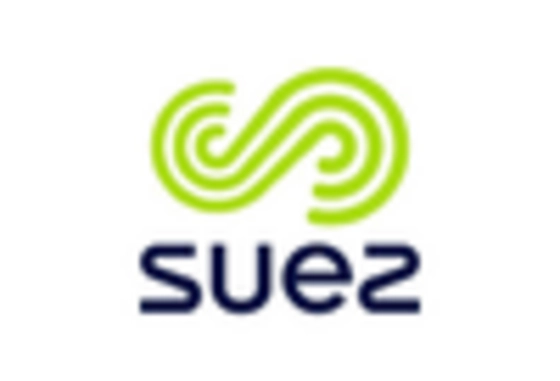
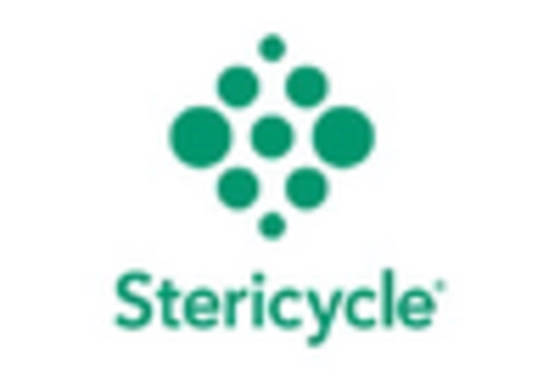
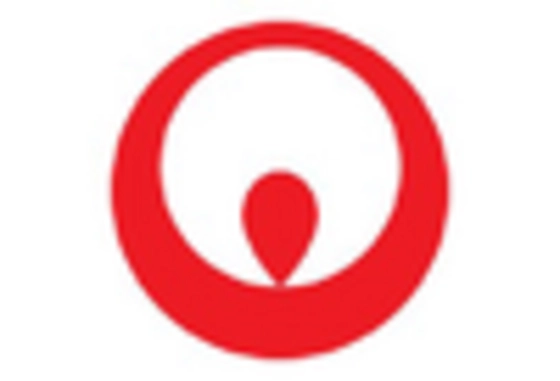
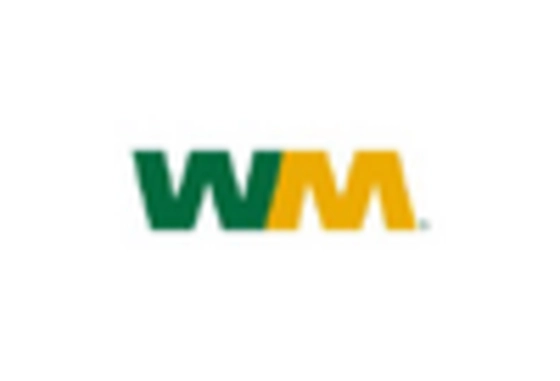








Leave a Comment